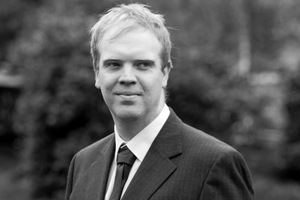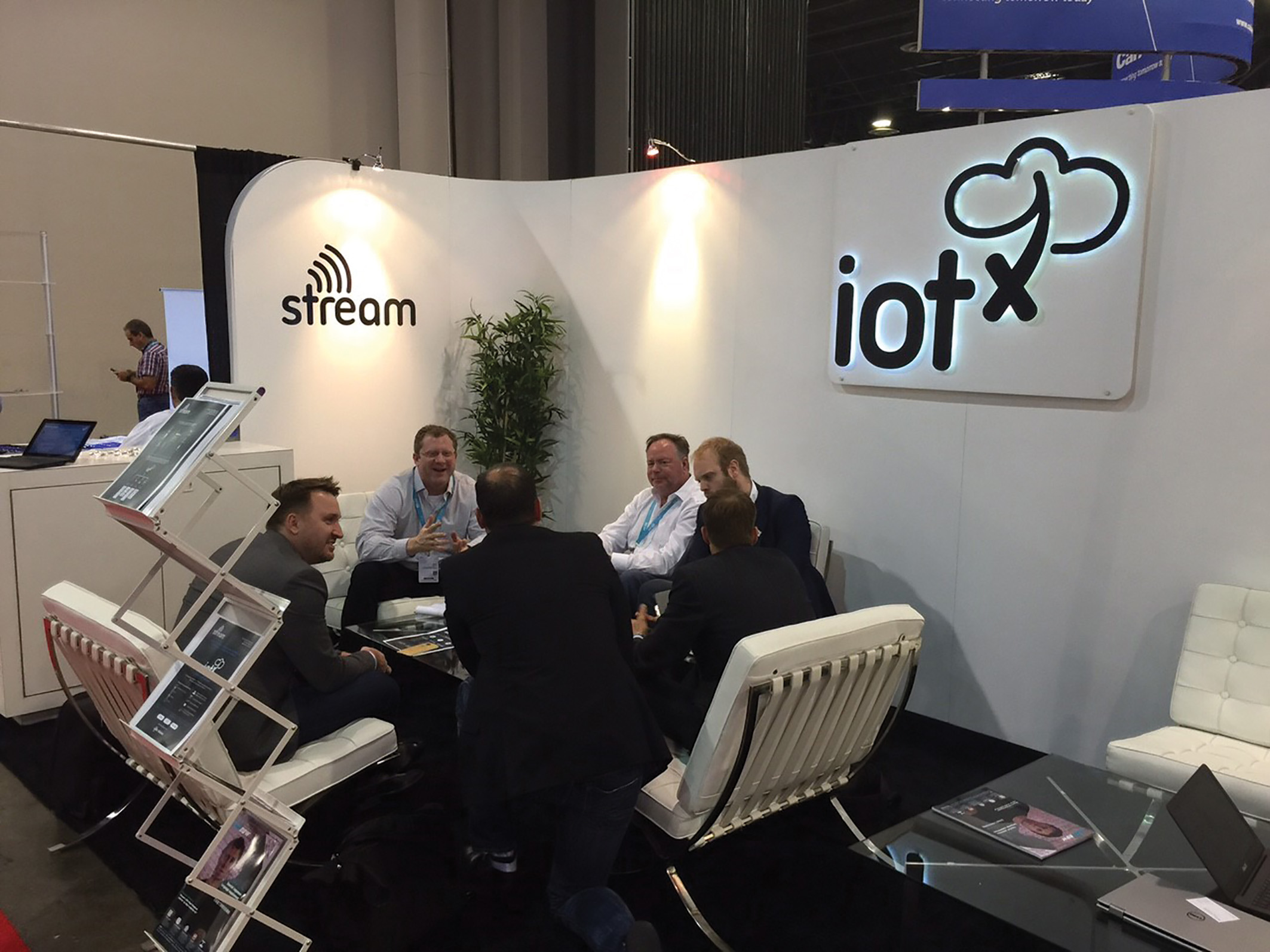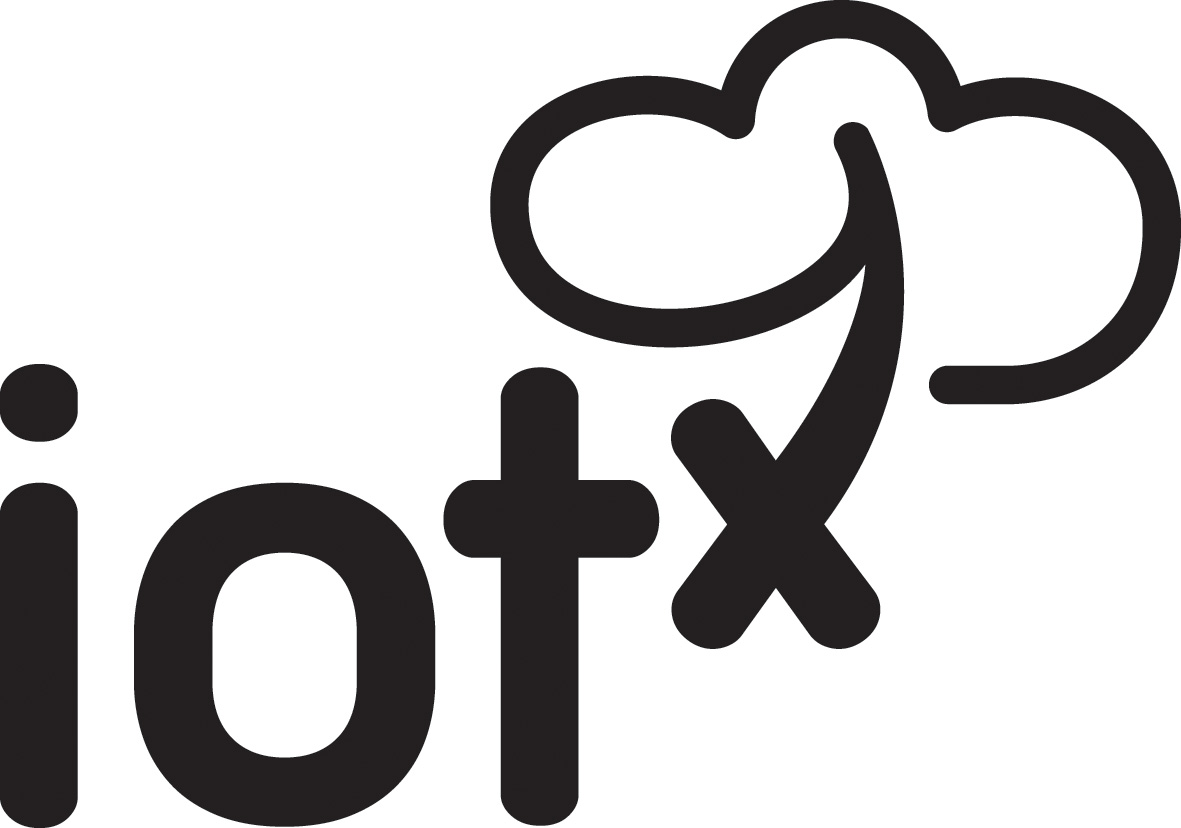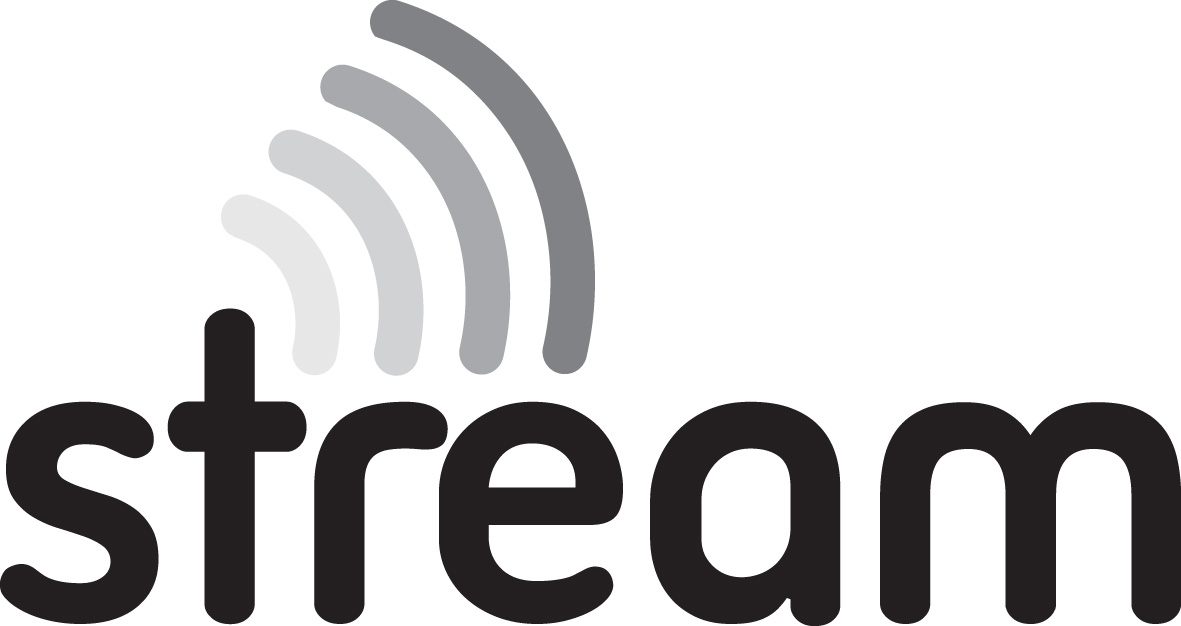Amongst the noise and bustle of the recent CTIA show in Las Vegas, Robin Duke-Woolley, CEO of Beecham Research, sat down with Stream Technologies CTO Alan Tait and CMO Lawrence Latham to get an update on how one of the pioneers of the IoT is now supporting a fast changing and ever more multifaceted marketplace.
Robin Duke-Woolley (RDW): Where is Stream headed right now?
Lawrence Latham (LL): The Company originally began back in 2000 providing data mobile virtual network operator (MVNO) services for machines. Now we have become a leader in Internet of Things (IoT) connectivity across the world, as we expand away from just cellular to include Satellite, Low Power Wide Area (LPWA), Wi-Fi Unlicensed Short Range (USR), ZigBee, Bluetooth, and Low power Wireless Personal Area Networks (6LoWPAN).
In this context, the fact that we actually started with a Software Defined Network (SDN) strategy back in 2005 – a while before other players had really considered this architecture’s potential for M2M and IoT – has become an increasingly important asset to both us and our customers. This is where we’re totally different from other major players – we’re not worried about the telco hardware side and are able to treat network issues as software issues. It’s a journey the whole networking industry’s been making and we were there from the start. The model is much more like an Amazon Web Services approach to IoT connectivity: it’s scalable and plays to our core competencies in network integration and, ultimately, is all about getting networked services up and working quickly and efficiently.
RDW: So what does Stream Technologies actually sell?
LL: It’s a Platform-as-a-Service (PaaS)- that’s our typical business model. Some bigger operators want this residing in their own cloud and we’re happy to support that, but our preferred business model is PaaS. At the end of the day, we’re ultimately a data routing and transit company – that’s essentially what we do. So it’s all about getting the information from the device to the enterprise, whether that involves an application, a data store or some type of IT service.
Alan Tait (AT): We’ve done over 25 different integrations for cellular, plus we’re working with three satellite network operators and a number of mobile radio ones today – to us it’s all just subscriber data coming from a device and going to somewhere in the IoT. While our heritage is in connectivity, we’ve used that to build integration data services and routing capabilities, offering either a model based on Stream directly supporting our connectivity and enterprise customers or, via a carrier such as Digicel, for example, delivering it to their customers, fully supported by us.
RDW: Who are your customers and what can you say about them?
LL: Our customers are network operators, solutions providers, enterprises and government, most of who wish to remain anonymous for various reasons. There is however one operator deal we can discuss – that’s the Digicel Group, over 30 companies in all, each operated independently. We did an integration project with Digicel for their cellular network – and competed successfully against Jasper Wireless and Ericsson. The plan was to do one integration in Jamaica and roll it out this year.
That roll-out went so well we’ve already done two more for the Group and there are more to come. It’s a very fast process and very easy for us to do, leveraging our existing investment in the right technologies, tools, people, skills and project management disciplines.
RDW: You’re using this CTIA event to promote your IoT-X™ offering – what’s that about?
LL: Essentially we have three key products. There’s the platform, which we call IoT Xtend. Then we have our global wireless connectivity offering, which we call IoT Xpand. And, finally, we then have our ecosystem, which is IoT Xlerate.
The IoT Xtend platform is a Connected Device platform which monitors, manages and monetises device endpoints. It includes subscriber management, billing and data routing and it has a multi-network capability in a single, comprehensive platform.
IoT Xpand enables organisations to expand their global IoT footprint. We have data plans for Cellular, Low Power Radio and Satellite, with Wi-Fi coming soon.
IoT Xlerate is our eco-system for accelerating IoT business rollouts with full-stack end-to-end IoT solutions. This provides certified and pre-integrated best of breed solutions with ready-to-go integrated monetisable solutions that reduce time to market and particularly shorten time to revenue.
RDW: Can you give me a practical example of what you can do with IoT Xtend that’s unique to Stream?
AT: We can create carrier data network capabilities to extend networks that include other network technologies. For carriers that already have a cellular platform, we can extend that to include additional Cellular, Satellite, Low Power and soon Wi-Fi as well. This avoids having to replace historic investments in current platforms as you can simply use IoT-X to extend platform capabilities. For those networks that do not have carrier facilities such as an OSS/BSS system, we can also provide that, effectively turning us into the enterprise layer that supports all these new technologies.
LL: Let me give you an example – which unfortunately has to remain anonymous for the time being. One of our customers connects gas meters and they’ve built their own private network to do just that. We’re in the process of working with them to convert that to a public network, where they’re the anchor tenant. They then have a number of other companies that have non-competing applications who also want to use the network. We’re helping that customer commercialise their data network, using IoT-X to do the customer segregation, subscriber management, billing and data routing to make sure that all the customer data for each of those companies goes exactly where it needs to go.
RDW: What are you doing with Low Power networks?
AT: There are two sides to this. There’s connectivity as a service where we may at some point take that service from an existing Low Power network and sell it to an enterprise – but that isn’t really our main focus for the technology. What we can provide them with is a platform that can do subscriber management, rating and charging so instead we sell them a service which allows them to commercialise their network. That can be done as a revenue share, an OpEx or other monetising method.
RDW: So who do you compete with for this?
LL: Stream started out just being a service for MVNOs. But now the platform has become a business on its own that has real value over and above the value of that initial MVNO business. As a result, we compete against market players like Jasper Wireless and Ericsson as mentioned above. But we don’t only have cellular, we also have satellite, Low Power radio and Wi-Fi, which we’re going to focus on next year.
RDW: Can you say more about your billing capabilities?
AT: We provide itemised billing, all the way down to an individual message and then any form of billing, abstract and so on. When we started as an MVNO, we couldn’t get the billing from carriers itemised to the level we needed, so we had to build that capability ourselves. We went back to first principles and said: “What do we need to be able to serve our customers?” So we built a provisioning system and a billing and rating engine to deliver precisely what’s required in M2M and IoT. We then built those capabilities up over time to create a highly scalable billing engine. We currently bill Call Detail Records (CDRs) for over 30 different operators, all with very different types of CDR.
RDW: How many records would that be on a monthly basis, do you think?
AL: More than 100 million records per month. That’s easy enough for us to process and it’s across all the various different networks.
RDW: What happens when connectivity issues occur? What do you do when things go wrong?
AT: We have a trouble ticketing system for managing our own connectivity around that – we inform our customers of any known issues that we have and then at bill time, to confirm that we are actually billing correctly, we look at any specific issues that month that either increase or decrease our subscriber counts at particular points. We’re then able to ascertain whether or not we’re seeing device populations that are working correctly. We are a data driven company, so all our trending and forecasting is done on historical information and known trends. We deal with data and that’s where we’ve always been.
RDW: Say a device stops working – can you identify why it’s stopped working?
AT: Usually yes. It depends on the rules integration that we have with each carrier, but we can if we have access to their engineering information. We can check locations to see if the cell in that area is working and we can check where the last feed was connected to. If we have good enough access to the Home Location Register (HLR), we can see what the actual state of the device is.
RDW: That’s for cellular – what about other technologies?
AT: We have near real-time monitoring of every component and every active device on our network, irrespective of the underlying connectivity link, so we can tell you typically within 5-10 seconds of the individual packets passing over our network what a device is doing. You can set a trigger that says this device hasn’t communicated for 30 minutes – while it should be providing data all the time – so we can send an alert to the back-end system.
RDW: So, overall, why is your approach different?
AT: We want to make everything simple, with the minimum number of interfaces. We can take any network, write an interface to it and then present a common way for the customer to interface with that on the other side. We get everything onto a single customised screen, with the same common view, so the customer sees whatever they want. They don’t have to relearn or retrain if technologies or networks change. This holistic approach to an increasingly heterogeneous network environment makes it homogeneous to the end user – which they like. A customer gets this single screen for their device connectivity and at the end of the day that’s what the customers care about: the usability and economics of getting enough reliable data to make the right business decisions.
RDW: Can you bill application usage as well?
AT: Yes. Our rating engine can handle anything we can enter into it. Here’s one example. There’s a very large cash and transit tracking application for which we provide the mapping. We work through distributors to provide the hardware; we have a commission structure back to the hardware manufacturer; and we charge for the application plus hardware and the manufacturer through our billing system; plus the position of where those devices are using GSM. We can actually bill from the number, so we give them a bundle of, let’s say, 1,000 GPS locations per month and, if it exceeds that, we charge them per location and we can make that per activated device or pooled across many devices.
RDW: You use the term ‘IoT-scale’ in your collateral. What do you mean by that?
LL: For us, IoT connectivity is a utility-scale software issue. The cost to us of doing a Cellular, Low Power radio, or Satellite transaction is all the same – it’s like Amazon Web Services – so our charging model is drastically different to others in the market. One of the things that’s held back the market is connectivity cost and that’s one reason why the ‘Things’ are still in the millions and not in the billions yet. People are getting excited about Low Power radio because it’s all to do with cost and, to get the billions, the economics have to work. Cellular is the first place it started because those are usually high value assets. Cellular is never going away and it’s going to grow, but Low Power radio solutions are also going to grow very quickly. There needs to be right-sizing of cost for the IoT to flourish.
RDW: So in a nutshell, what’s it all about for you?
AT: I think it’s about our design philosophy in all this and connecting everything together. We want to build the IoT and see it work successfully and cost effectively. That means catering for diversity – but with low overheads and ensuring that the economics don’t impact on the benefits that the IoT can bring. We want to support and enable these billions of connections – but not from a narrow perspective of extracting the maximum short term profit. Success is going to depend on cooperation on a massive scale and, for that to happen, revenues will have to be shared amongst multiple parties, with each making their own contribution to the wider value chain. We’d like to think that our strategy and systems contribute to this vision of equitable partnering in a pretty unique way.













